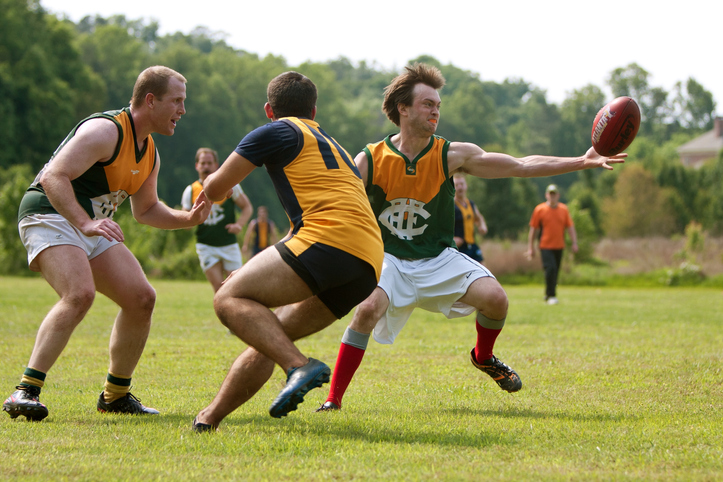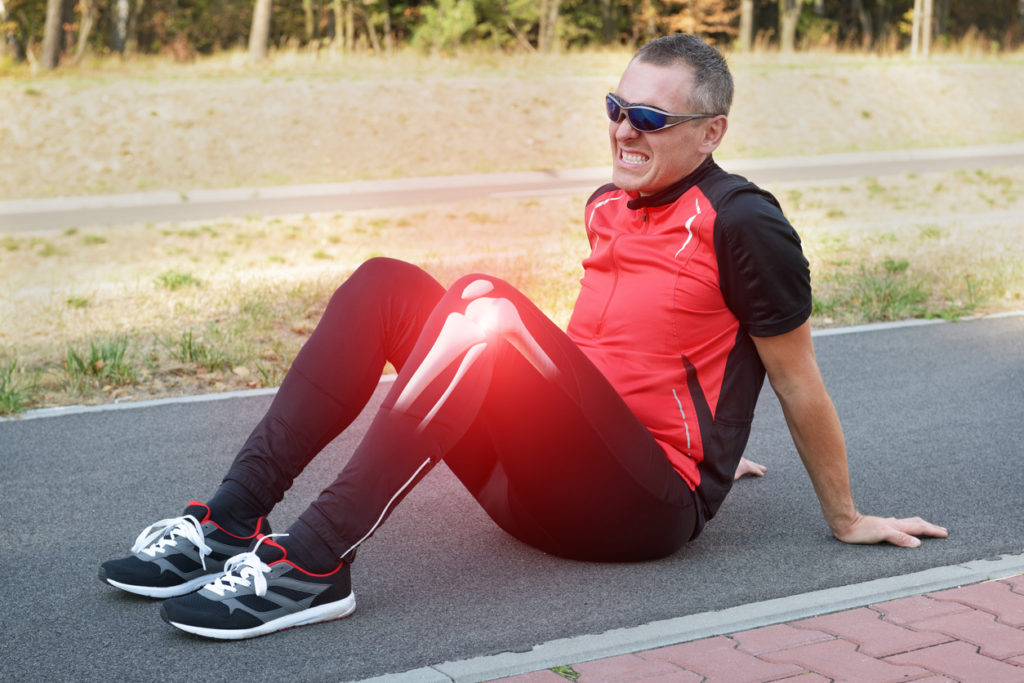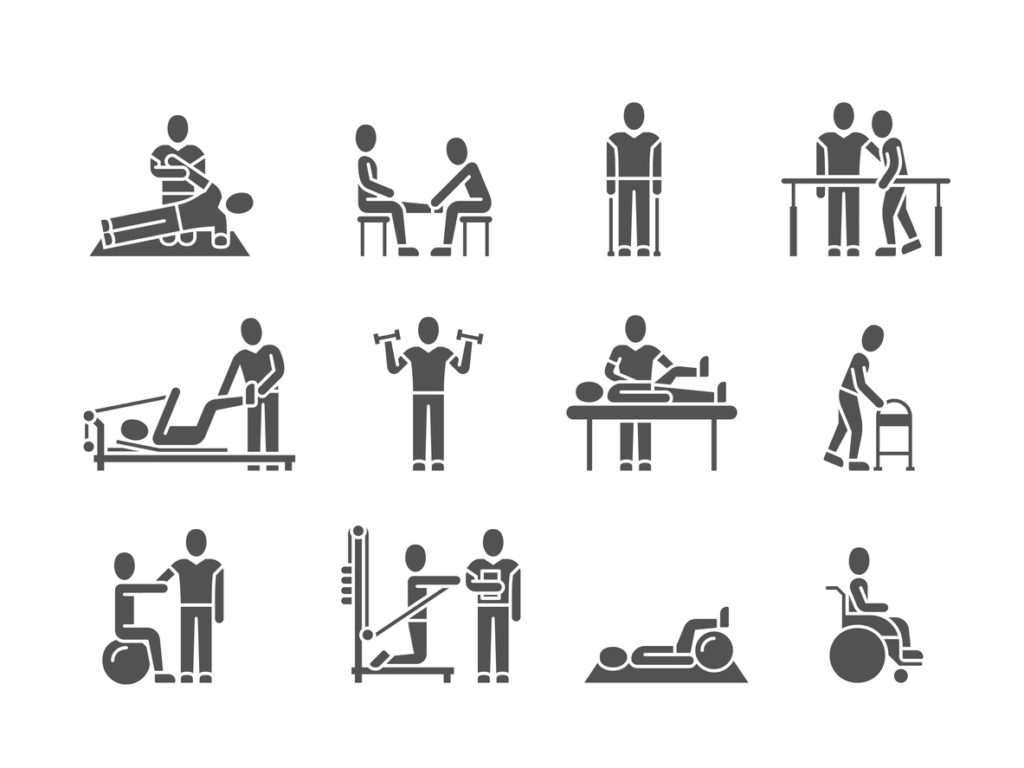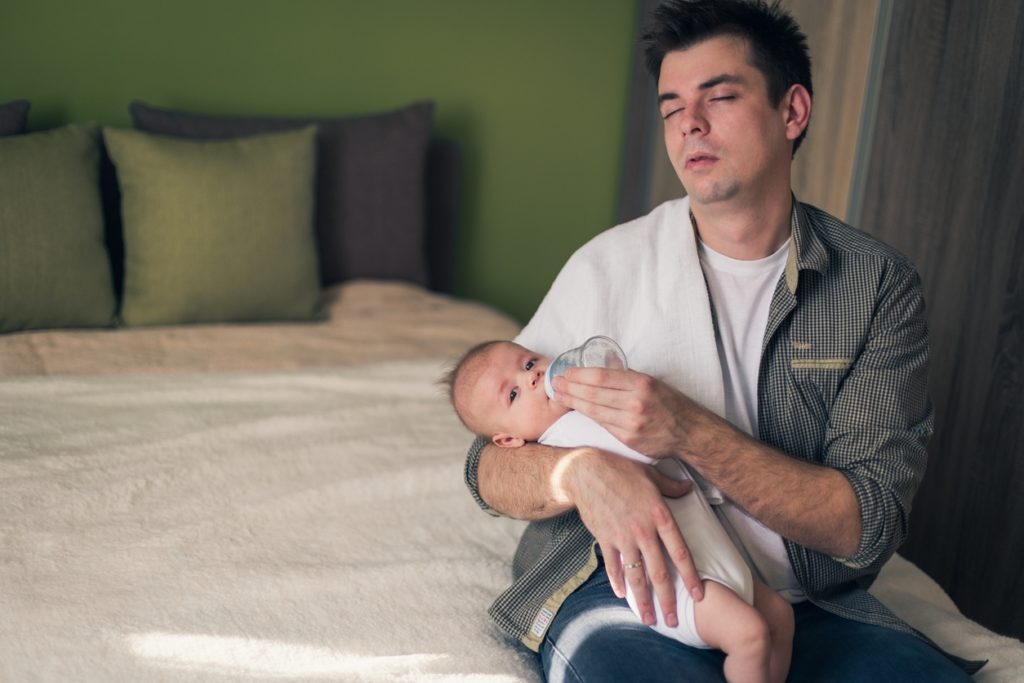RATIONALE: Drugs used in chemotherapy use different ways to stop tumor cells from dividing so they stop growing or die. Radiation therapy uses high-energy x-rays to damage tumor cells. Peripheral stem cell transplantation may allow the doctor to give higher doses of chemotherapy and kill more tumor cells. It is not yet known if combination chemotherapy is more effective with or without radiation therapy and/or surgery in treating Ewing’s sarcoma.
RATIONALE: Drugs used in chemotherapy use different ways to stop tumor cells from dividing so they stop growing or die. Radiation therapy uses high-energy x-rays to damage tumor cells. Peripheral stem cell transplantation may allow the doctor to give higher doses of chemotherapy and kill more tumor cells. It is not yet known if combination chemotherapy is more effective with or without radiation therapy and/or surgery in treating Ewing’s sarcoma.PURPOSE: Randomizedphase III trial to compare the effectiveness of combination chemotherapy and peripheral stem cell transplantation with or without radiation therapy and/or surgery in treating patients who have a Ewing’s sarcoma.Condition:- localized tumors of the Ewing’s family- metastatic tumors of the Ewing’s familyStudy Type: InterventionalStudy Design: TreatmentOfficial Title: Phase III Randomized Study of Standard Induction Therapy Followed By Consolidation Therapy With Vincristine, Dactinomycin, and Ifosfamide Versus Vincristine, Dactinomycin, and Cyclophosphamide Versus Busulfan, Melphalan, and Autologous Peripheral Blood Stem Cell Support, With or Without Radiotherapy and/or Surgery, in Patients With Tumor of the Ewing’s FamilyFurther Study Details: OBJECTIVES: * Compare response in patients with tumor of the Ewing’s family treated with vincristine, dactinomycin, and ifosfamide (VAI) vs vincristine, dactinomycin, and cyclophosphamide (VAC) as consolidation therapy after standard induction therapy comprising vincristine, ifosfamide, doxorubicin, and etoposide (VIDE). * Compare the response to VAI consolidation therapy with response to high-dose busulfan, melphalan and autologous peripheral blood stem cell (PBSC) rescue in patients with nonmetastatic tumor of the Ewing’s family and poor histological response to VIDE induction therapy vs patients with localized tumor of the Ewing’s family at least 200 mL in volume who receive radiotherapy for local control after VIDE induction therapy and busulfan and melphalan. * Compare the response to VAI consolidation therapy and whole lung irradiation vs busulfan, melphalan, and PBSC rescue in patients with pulmonary or pleural metastases at diagnosis of tumor of the Ewing’s family. * Determine optimum therapy for patients with tumor of the Ewing’s family and extrapulmonary/pleural metastases. * Determine the prognostic significance of EWS-Flil transcript in patients with tumor of the Ewing’s family. * Determine the frequency and prognostic value of minimal disease in bone marrow and PBSC harvest, as determined by the presence or absence of EWS-Flil transcript, in these patients. * Compare the event-free and overall survival of these patients treated with these different consolidation regimens. * Determine the feasibility and toxicity of VIDE induction therapy in these patients. * Determine the response of these patients to VIDE induction therapy. * Compare the feasibility and toxicity of the consolidation regimens in these patients.OUTLINE: This is a randomized, multicenter study. Patients are stratified according to age and local treatment of the primary tumor (yes vs no).Induction * All patients receive induction chemotherapy comprising vincristine IV on day 1 and ifosfamide IV over 3 hours, doxorubicin IV over 4 hours, and etoposide IV over 1 hour on days 1-3 (VIDE). Treatment repeats every 21 days for 6 courses in the absence of unacceptable toxicity. Peripheral blood stem cells (PBSC) are collected after course 3 and/or 4. * If feasible, patients undergo surgical resection approximately 21 days after the completion of VIDE therapy.Consolidation * All patients with localized disease then receive course 7 comprising vincristine IV on day 1 and dactinomycin IV and ifosfamide IV over 3 hours on days 1 and 2 (VAI). * Patients with localized disease (tumor volume of less than 200 mL or with tumor volume of at least 200 mL but resected) and with tumor viability less than 10% are randomized to 1 of 2 treatment arms. * Arm I: Patients continue on VAI consolidation therapy every 21 days for 6 courses (courses 8-14). * Arm II: Patients receive consolidation therapy comprising vincristine IV and cyclophosphamide IV over 3 hours on day 1 and dactinomycin IV on days 1 and 2 (VAC). Treatment repeats every 21 days for 6 courses (courses 8-14). * Patients with tumor volume less than 200 mL but requiring radiotherapy for local control receive radiotherapy concurrently beginning with course 7 and then are randomized to arm I or II. * Patients with tumor volume of at least 200 mL with central axial tumors and early radiotherapy receive VAI consolidation therapy for courses 7-14. * Patients with localized disease and with at least 10% tumor viability are randomized to 1 of 2 treatment arms. * Arm III: Patients continue on VAI consolidation therapy for courses 8-14 as in arm I. * Arm IV: Patients receive course 8 comprising high-dose oral busulfan every 6 hours on days -6 to -3 and melphalan IV over 30 minutes on day -2. Autologous PBSC are reinfused on day 0. * Patients with tumor volume of at least 200 mL requiring radiotherapy, but for which radiotherapy can be delayed, are randomized to arm III or IV. Patients receiving therapy on arm III undergo radiotherapy beginning with course 8 of VAI therapy. Patients receiving therapy on arm IV undergo radiotherapy beginning 8-10 weeks after high-dose chemotherapy. * Patients with tumor volume of at least 200 mL and extremity tumors after early radiotherapy are randomized to therapy on arm III or IV. * Patients with pulmonary and/or pleural metastases undergo surgery 21 days after VIDE, if feasible. VAI (course 7) commences 14 days post surgery. Patients are then randomized to therapy on 1 of 2 treatment arms. * Arm V: Patients continue VAI for courses 8-14. Patients then undergo radiotherapy to both lungs for 6-12 days. * Arm VI: Patients receive high-dose busulfan, melphalan, and PBSC rescue as in arm IV. * If radiotherapy is necessary but can be delayed, then radiotherapy commences with course 8 of VAI on arm V or 8-10 weeks after high-dose therapy on arm VI. * Patients with primary central tumors at central axial sites and early radiotherapy are assigned to therapy on arm V. * Patients with extrapulmonary/pleural metastases receive VAI as course 7, then therapy as in arm IV. Patients who have undergone prior radiotherapy to central axial sites should be treated with alternative approaches. Patients are followed for 5-10 years.PROJECTED ACCRUAL: Approximately 1,200 patients will be accrued for this study within approximately 7 years.EligibilityAges Eligible for Study: up to 49 Years, Genders Eligible for Study: BothCriteriaDISEASE CHARACTERISTICS: * Histologically confirmed tumor of the Ewing’s family of bone or soft tissue * Ewing’s sarcoma * Peripheral primitive neuroectodermal tumor * Disease meeting one of the following criteria: * Resectable localized disease (tumor volume less than 200 mL) * Localized disease previously resected at diagnosis * Unresectable disease (at least 200 mL tumor volume) but radiotherapy as local control can be delayed * Localized disease with early radiotherapy required * Pulmonary and/or pleural metastases only * Extrapulmonary/pleural metastases (skeleton, bone marrow, lymph nodes) * No more than 30 days since definitive biopsyPATIENT CHARACTERISTICS: Age: * Under 50Performance status: * Not specifiedLife expectancy: * Not specifiedHematopoietic: * Not specifiedHepatic: * Not specifiedRenal: * Renal function normal * Glomerular filtration rate at least 60 mL/minCardiovascular: * Normal cardiac function * Fractional shortening at least 29% * Ejection fraction at least 40%Other: * No medical, psychiatric, or social condition that would preclude study participationPRIOR CONCURRENT THERAPY: Biologic therapy: * Not specifiedChemotherapy: * No prior chemotherapyEndocrine therapy: * Not specifiedRadiotherapy: * Not specifiedSurgery: * See Disease Characteristics[1] Australia, New South WalesChildren’s Hospital at Westmead, Westmead, New South Wales, 2145, Australia; RecruitingGeoffrey McCowage, MD 61-2-9845-2122 [2] Sydney Children’s Hospital, Randwick, New South Wales, 2031, Australia; RecruitingGlenn Marshall, MD, MBBS 61-2-9382-1721 g.marshall@unsw.edu.au [3] Australia, South AustraliaWomen’s and Children’s Hospital, North Adelaide, South Australia, 5006, Australia; RecruitingMaria Louis Kirby, MBBS, FRACP 61-8-8161-7411 kirbym@mail.wch.sa.gov.au [4] Australia, VictoriaRoyal Children’s Hospital, Parkville, Victoria, 3052, Australia; RecruitingDavid Ashley, MBBS, FRACP, PhD 61-39-345-5522 [5] Australia, Western AustraliaPrincess Margaret Hospital for Children, Perth, Western Australia, 6001, Australia; RecruitingDavid Baker, MD, MBBS, FRACP, FRCPA 61-8-9340-8234 david.baker@health.wa.gov.au
All content and media on the HealthEngine Blog is created and published online for informational purposes only. It is not intended to be a substitute for professional medical advice and should not be relied on as health or personal advice. Always seek the guidance of your doctor or other qualified health professional with any questions you may have regarding your health or a medical condition. Never disregard the advice of a medical professional, or delay in seeking it because of something you have read on this Website. If you think you may have a medical emergency, call your doctor, go to the nearest hospital emergency department, or call the emergency services immediately.







